invent4hir
Bronze Member
- Aug 1, 2017
- 1,798
- 2,747
- 🏆 Honorable Mentions:
- 3
- Detector(s) used
- Whites V3i & DFX
- Primary Interest:
- All Treasure Hunting
>>> This was posted about 15 minutes ago, then when I did a browser re-fresh it went away; puzzling <<<
All, I found this iron artifact near the former home of a War of 1812 officer where several hand wrought pieces of a single tree were dug. The hole in the center of the third picture goes all the way through the stem. Any help w/ ID and/or age would be appreciated.
Edit: Though difficult to see in the first picture, the stem has a few threads.
All, I found this iron artifact near the former home of a War of 1812 officer where several hand wrought pieces of a single tree were dug. The hole in the center of the third picture goes all the way through the stem. Any help w/ ID and/or age would be appreciated.
Edit: Though difficult to see in the first picture, the stem has a few threads.
Attachments
Last edited:


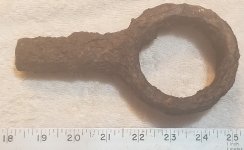
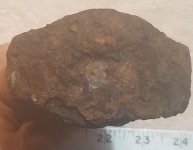
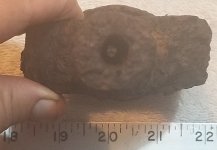
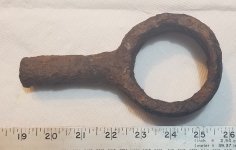
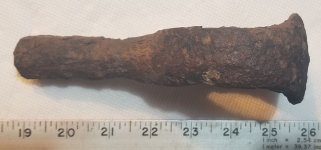
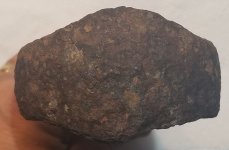
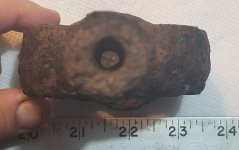


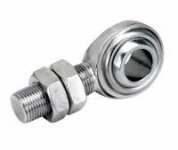
 While my first thought is that it is too heavy duty for that purpose, I'll definitely look into it.
While my first thought is that it is too heavy duty for that purpose, I'll definitely look into it.

